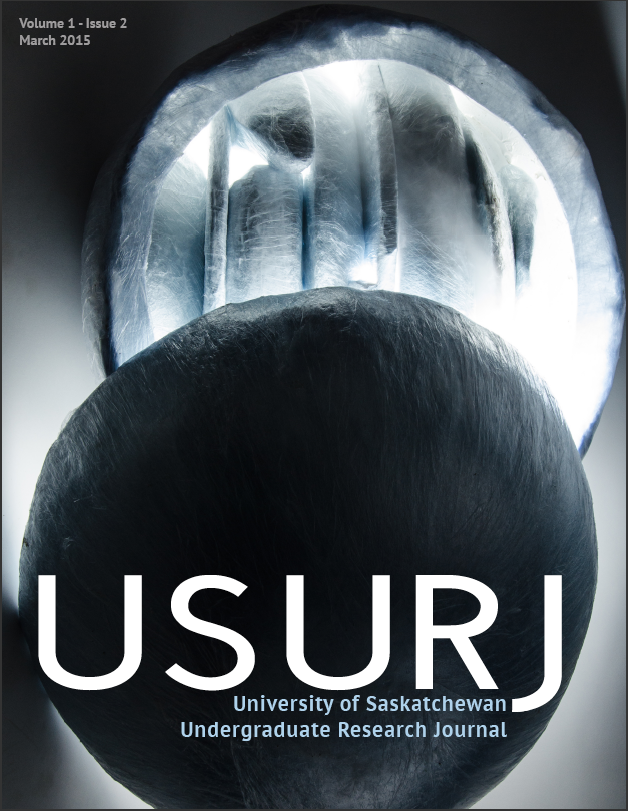Strength and Power Changes During an In-season Resistance Training Program for Male CIS Volleyball Players
Main Article Content
Abstract
Previous research has indicated that performing repetitions to failure at greater than 80% one repetition max (1 RM) one day per week using a non-‐linear training program can maintain strength and power in many athletic populations. However, this finding has not been directly assessed in male university volleyball players. The purpose of this study was to determine if non-‐linear training two days a week could maintain upper and lower body strength, and vertical jump power and height over the course of a competitive volleyball season, measured at three time points. Eleven trained Canadian Interuniversity Sport (CIS) male athletes were a part of a single training group which completed a maintenance program consisting of non-‐linear training for 17 weeks. At each testing time point, the participants completed a bench press, squat, squat jump, countermovement jump, and three step jump and reach. We predicted that non-‐linear resistance training of mixed intensities twice a week would allow players to maintain strength, vertical jump power, and vertical jump height. Results indicated that upper body strength can be maintained over the course of a competition period with non-‐linear resistance training (p = 0.043). Scores for lower body strength, vertical jump squat jump power, vertical jump countermovement jump power, and vertical jump height increased over the course of the season (p's < 0.001, 0.14, 0.181, and 0.006, respectively). Our results indicate that male volleyball players can benefit from non-‐linear training to maintain or improve performance when training at > 80% 1 RM to failure once a week during a competition season.
Downloads
Article Details
Section
Articles: USURJ’s current Publication Agreements apply a Creative Commons Attribution-NonCommercial License (CC-BY-NC) by default. The CC BY-NC license lets others remix, tweak, and build upon work non-commercially. The author(s) can choose a different CC license, as outlined in https://creativecommons.org/about/cclicenses/. Please see the PDF for each article to determine what license is applied to that article. Author(s) can also request to reserve all copyright (All Rights Reserved). If there is no indication for articles published before September 2020, assume the author retains all rights beyond those necessary for publication by USURJ. All articles published after September 2020 will apply one of the aforementioned CC licenses. See the Publication Agreement under the Submission Preparation Checklist or Author Guidelines for more information. Artwork: All copyright for the original artwork remains with the artist unless they wish to apply a Creative Commons (CC) license to the artwork. Please see the PDF for each artwork to determine what license is applied to that artwork.
